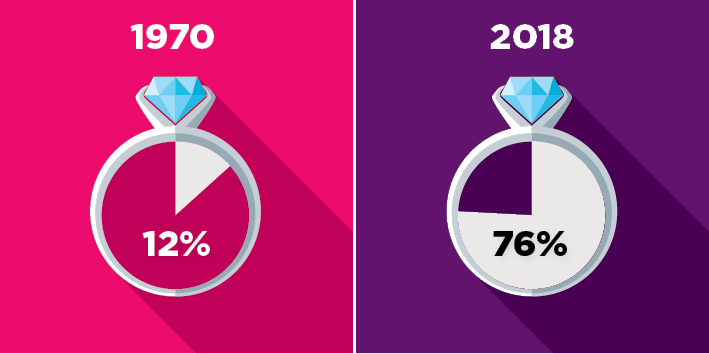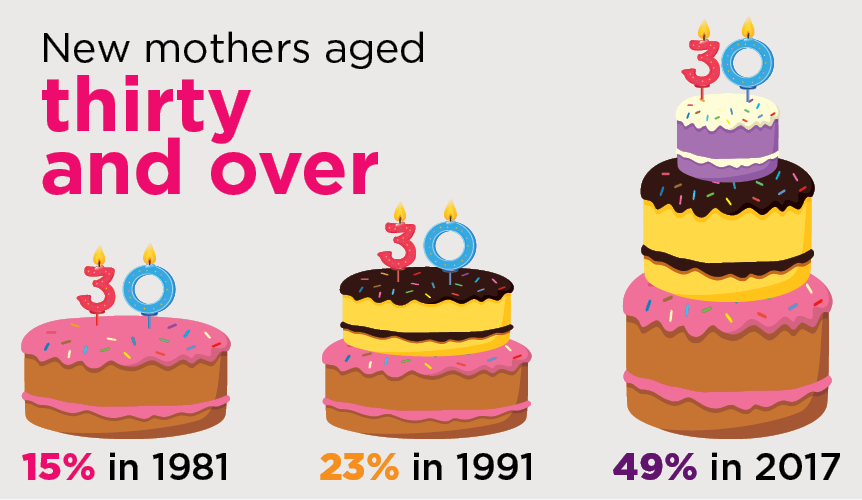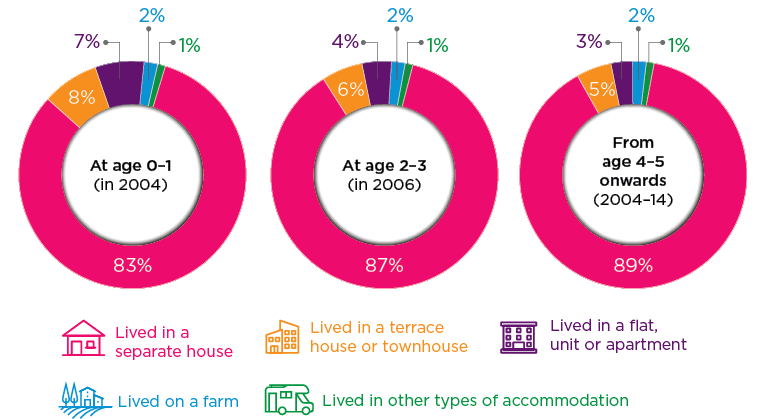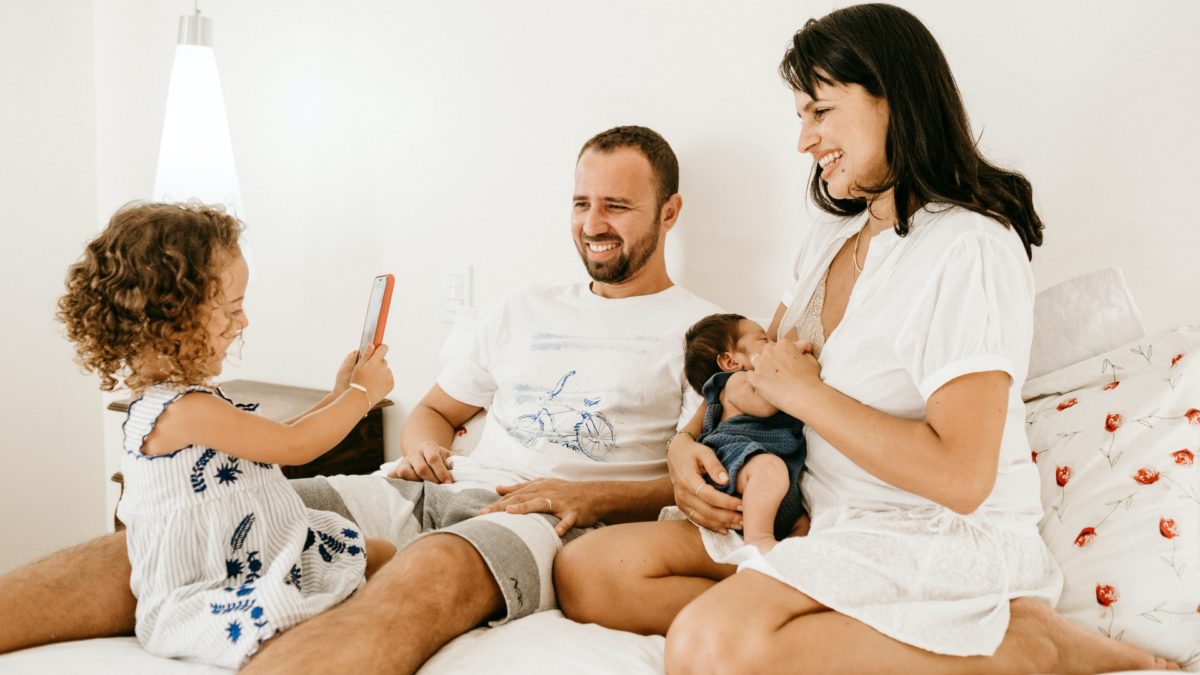Have you ever wondered if you were out of the ordinary? Or perhaps you’re thriving on the idea you’re unique? The results from this 40-year study will tell you just where you stand.
The Australian Institute of Family Studies (AIFS) was established in 1980 to research the wellbeing of Australian families. In their new project, Families Then and Now, they explore the changes in Australian households and families over the past 40 years.
Does this sound like you?
Putting a ring on it
You probably got married (60%) when you were 29 years old and your husband was either 30 or 31, and the wedding was conducted by a civil celebrant. There’s also a high chance (80%) you lived together before you were married.

The offspring
Women in Australia have an average fertility rate of 1.75 children, but in reality, you’d have two children (39%), the first being born when you were in your early thirties (33%).
And just when you can’t believe you’re not in the minority for having your first baby after you blew out the candles on your thirtieth birthday cake, the study has interestingly revealed that in 2017, just under half (49%) of women in Australia aged 30 and over became new mothers.

However, if you’re a couple with just one child or none, you’re right on trend (30%, compared to 16% in 1981). Also, chances are, you’d have a university degree or higher (20%).
Home among the gum trees
With the steep increase in housing prices in recent years, you’d be part of a rising demographic (31%) if you’re renting your home, although as a majority (65%), you’d either own your home outright or with a mortgage. Whether you’re renting or paying off a mortgage, your weekly housing cost is around $400–$500.
Your home will also be a standalone house (72%) and this likely happened when your child turned two (87%) or four (90%).

Does this sound like you? Or is it way off? Let us know!
How helpful was this article?
Click on a star to rate it!
0 / 5. 0
Be the first to rate this post!
Melody Tan
Related posts
Subscribe
Receive personalised articles from experts and wellness inspiration weekly!


